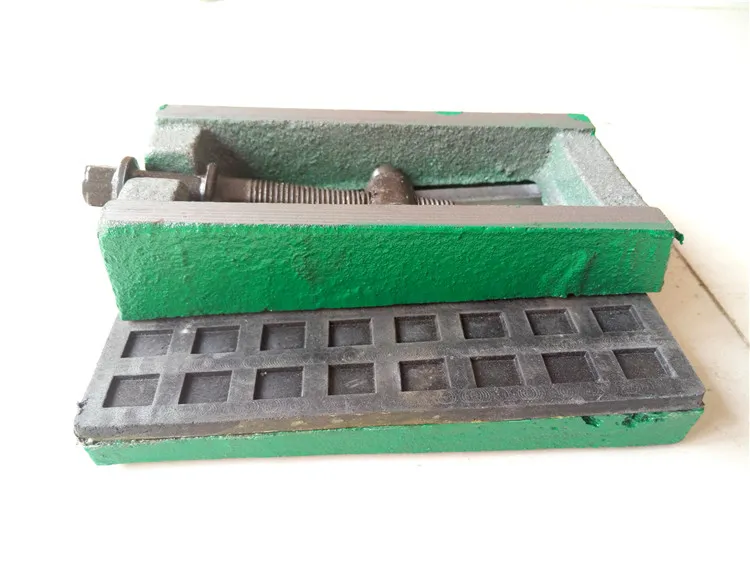Dec . 15, 2024 23:17 Back to list
Manual Inspection for Check Valve Functionality and Performance Evaluation
Understanding Manual Check Valves Functionality and Applications
In various industrial applications, maintaining the proper flow of fluids while preventing backflow is a crucial concern. A manual check valve is one effective solution designed to address these issues, ensuring that when fluids flow in one direction, they cannot reverse course. This article will delve into the functionality of manual check valves, their types, applications, and best practices for use.
What is a Manual Check Valve?
A manual check valve is a device that allows fluid to flow in one direction while preventing backflow. Unlike automatic check valves that utilize pressure differentials to operate, manual check valves require human intervention to open or close. This feature provides operators with complete control over fluid movement within a system, making them particularly useful in environments where maintenance and manual oversight are essential.
How Does It Work?
Manual check valves operate based on basic mechanical principles. When fluid pressure is applied in one direction, it opens the valve, allowing flow. When the pressure drops or attempts to reverse, the valve closes, effectively blocking the backflow. The manual aspect comes into play when operators need to engage or disengage the valve, often using a lever or handwheel that physically opens or closes the valve.
Types of Manual Check Valves
There are several types of manual check valves, each suited for specific applications
1. Swing Check Valve This type features a hinged disk that swings open when fluid flows in the desired direction. When the fluid reverses, the disk swings closed due to gravity, preventing backflow.
2. Lift Check Valve In this design, a disc or ball rises as fluid flows upward, allowing passage. If backflow occurs, the disc or ball is pushed back into its seat, sealing the valve.
3. Ball Check Valve Utilizing a spherical ball that moves within a seat, this valve allows fluid flow in one direction. When backflow attempts to occur, the ball is pushed into the seat, sealing off the flow.
Each of these types has its advantages and disadvantages, and the choice largely depends on the specific requirements of the application, including the type of fluid, pressure ranges, and required flow rates.
Applications of Manual Check Valves
manual check valve

Manual check valves are commonly used across various industries, including
- Water Treatment Plants Preventing backflow is vital in maintaining the quality of treated water, making manual check valves essential in these facilities. - Pumping Systems Manual check valves can protect pumps from backspin that could lead to damage and inefficiency.
- Fire Protection Systems Ensuring the efficient flow of water while preventing backflow can significantly enhance the operational reliability of fire sprinkler systems.
- HVAC Systems In heating and cooling applications, manual check valves help maintain appropriate flow directions, ensuring effective system operation.
Best Practices for Use
To ensure the effectiveness and longevity of manual check valves, consider the following best practices
1. Regular Maintenance Inspect manual check valves regularly to ensure they operate smoothly. Lubrication and addressing any wear or corrosion issues can prevent failures.
2. Correct Installation Proper installation according to manufacturer specifications is crucial. Ensure that the valve is oriented correctly and that all connections are secure.
3. Monitor Flow Conditions Keep an eye on the conditions under which the valve operates. Ensure that the pressure and temperature are within the specified limits to avoid damage.
4. Training for Operators Since manual check valves require human intervention, proper training for operators is essential. They should be educated on when and how to engage or disengage the valves safely.
5. Selecting the Right Valve Consider the specific requirements of your application when choosing a manual check valve. Look into factors such as the fluid type, flow rate, and pressure conditions for optimal performance.
Conclusion
Manual check valves play a vital role in managing fluid flow in various industrial applications. By understanding their functionality, types, and proper maintenance, operators can effectively prevent backflow, ensuring system reliability and safety. Whether you're managing a water treatment facility or overseeing HVAC systems, the appropriate use of manual check valves will enhance operational efficiency and safeguard equipment longevity.
-
Why Metric Trapezoidal Thread is Ideal for Precision Motion ControlNewsAug.05,2025
-
The Unique Properties of a Block of Granite for Industrial UseNewsAug.05,2025
-
The Role of Flanged Y Strainers in Preventing Pipeline ClogsNewsAug.05,2025
-
The Importance of Regular Calibration for Master Ring GagesNewsAug.05,2025
-
How a Cast Iron Surface Table Enhances Accuracy in ManufacturingNewsAug.05,2025
-
Comparing Different Check Valve Types for Optimal Flow ControlNewsAug.05,2025
Related PRODUCTS









